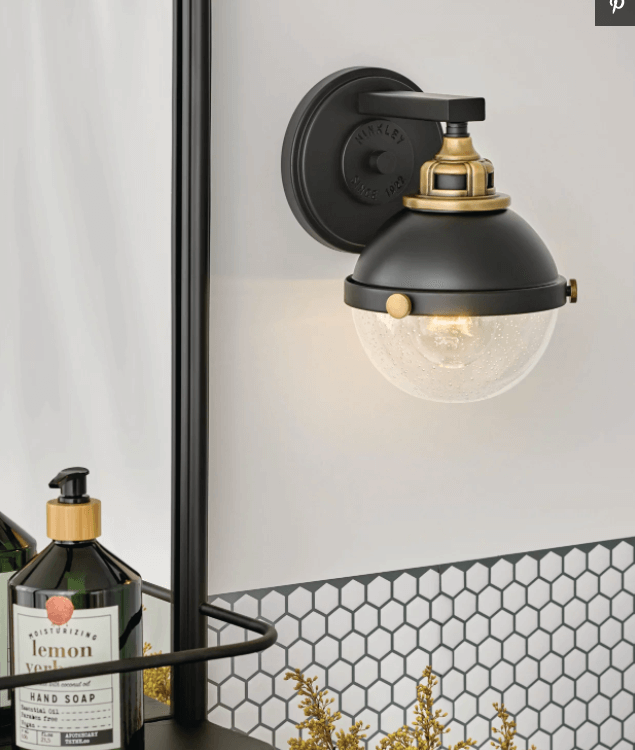- Have any questions?
- 778-522-2225
- advancedrenosolution@gmail.com
How to Prepare for a Flood

Storm Safety: What To Do When Disaster Strikes
September 2, 2019
September Home Maintenance Guide
September 17, 2019Get your home and family prepared for this common natural disaster.
Floods are the most common disaster for homes in the US. Whether a flood is from torrential rains, flash floods, rising rivers, or a leak inside the home, a flood can cause serious damage to your house. If the horrible images of Hurricane Sandy or Hurricane Katrina are still fresh in your mind, you know just how powerful a sudden surge of water can be. According to FloodSmart, every home is at risk of a flood, but regions are usually divided up by low, medium and high-risk areas. Unfortunately, even homes located in flood-prone areas don’t have flood insurance, making the cleanup and recovery efforts even more stressful for homeowners.
1. Create a home inventory that you can access during a flood
First and foremost, create an inventory of your home and personal possessions. Insurance companies require thorough inventories in order to compensate a policyholder. So whether the loss of belongings is from break-ins, floods, fires or other disasters, it’s a good idea to keep an accurate record of what you own. Read this article to learn more about different ways to keep track of your inventory. During an actual flood, it’s a good idea to take photographs of your home (if it is safe to do so). This can also help during the documentation process. Keep a home inventory somewhere safe and accessible, like in cloud storage, and remember that when a flood occurs, you may need to evacuate your home.
2. Store important documents and information outside of your home
Some families like to keep important objects like passports, jewelry, cash or other paper goods in a fireproof safe. But when a flood occurs, these safes may not be accessible. It may be a good idea to keep certain belongings in a safe deposit box at your bank. Of course, if your region regularly floods, you’ll want to ensure that this outside facility is secure from flooding. Keep in mind that if a flood has occurred in your town, the bank may not be accessible for quite some time.
4. Install a sump pump
Sump pumps are ideal for homes that experience regular flooding, especially in the basement. It may not be able to handle a flash-flood situation, but can be perfect for smaller, seasonal floods. You’ll want to have your sump pump regularly inspected to ensure it functions properly. Many homeowners that install a sump pump also install a backup generator so that the pump continues to operate even when power is cut off to the home.
5. Have an emergency bag packed
An emergency bag or box should be filled with first aid supplies, extra medicine (a 7-day supply), food and water, flashlight and batteries, toilet paper, a multipurpose tool, a blanket and any other supplies you may need to cope with a flood. You’ll also want your tools for communicating like a portable radio and a cell phone charger. Some people keep cash in their emergency kits; ATMs may not be functioning during a natural disaster and you may need cash for hotels or transportation. If your region has flood warnings or institutes a flood evacuation, you don’t have time to pack a bag. The idea of this emergency kit is that it should be already packed, easy to carry or transport (in case you need to evacuate) and should be able to tide you over until you reach a more stable area. There are many online sites that sell ready-to-go bags and emergency kits. Here is a link to the FEMA recommended list of emergency supplies.
6. Have food and water for 2-4 days
The American Red Cross suggests having at least a 3-day supply of food and water on hand for emergencies. Remember that if your area has experienced a flood, you may have difficulty getting to your local stores and pharmacies and even if you can reach them, supplies may be very limited. It is recommended to have at least 1 gallon of water per day per person during an emergency. Keep these supplies in an area of your home that would be accessible in the event of a flood.
7. Plan your evacuation with your family ahead of time
Your family should put together a plan of action in case of an emergency. This could include how everyone should get a hold of each other, meeting points, and evacuation routes. Many city websites have specific pages designed to help families understand their local natural disaster plans. It’s important to read through this information prior to a natural disaster, as your access to the internet may be immediately cut off. As we saw from past events like Hurricane Katrina, flooding can happen quickly and can create an overwhelming feeling of chaos. Some families designate an out-of-state person as the central point of contact during an emergency, as their lines of communication may still be functioning. Having a plan on hand is the best way to feel in control when disaster strikes, particularly if you and your family have to act quickly. Some neighborhood organizations create emergency plans for their specific area. If you have neighbors that live alone or may need extra help during an emergency, it’s a good idea to ask them if they’d like to be included in your family’s plan. Remember to have a plan for your pets as well.
Advice for the basement or rooms below ground
If your live in an area that floods regularly, or if you are concerned about flooding, you’ll want to think carefully about which items you store in your basement. If your basement is where valuables are kept, elevate boxes off the ground and consider watertight enclosures. It’s easy to purchase rolling racks with adjustable shelves; these can be perfect for moving things around and keeping boxes up off wet surfaces. If your water heater, furnace, electrical panel or other important mechanical fixtures are located in the basement, consider having them elevated off the ground or moved (at least 12 inches above the expected flood line). Water can seriously damage these items and replacing them can be very expensive.



